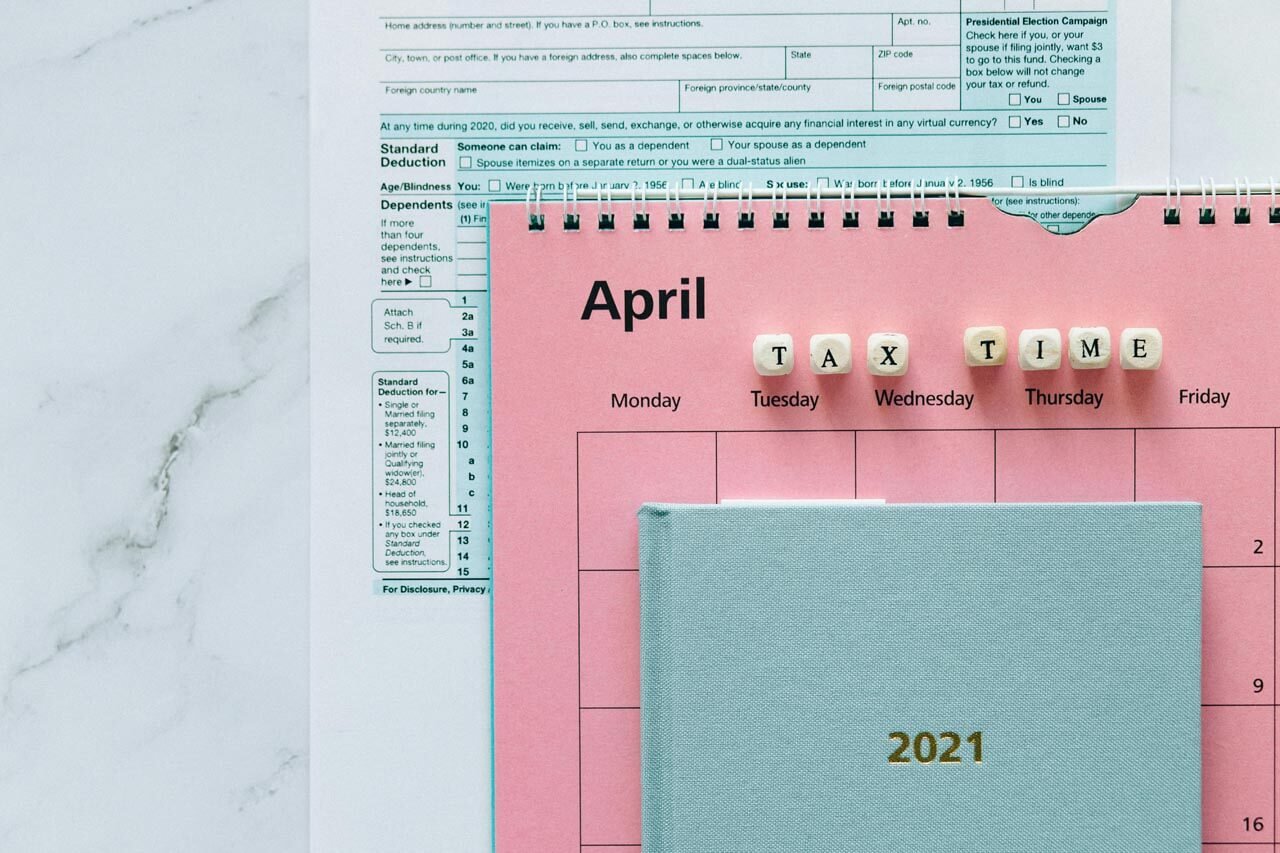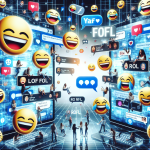The Psychology Behind Meme Reactions: Why We Share What We Share

Table of Contents
- Understanding Memes: A Brief Overview
- What Are Memes?
- The Evolution of Memes
- The Psychological Triggers of Sharing Memes
- 1. Emotional Resonance: The Basis of Connection
- 2. Identity and Self-Expression
- 3. Social Validation and Engagement
- 4. Humor: A Psychological Insight
- The Role of Trends in Meme Sharing
- 1. Virality and Trend Cycle
- 2. Timeliness and Cultural Relevance
- The Impact of Social Media Algorithms
- 1. Echo Chambers and Meme Sharing
- 2. Algorithmic Influence on Trends
- Strategic Implications for Businesses
- 1. Crafting Brand-Related Memes
- 2. Engaging with User-Generated Content
- 3. Monitoring and Analytics
- Ethical Considerations in Meme Marketing
- 1. Sensitivity and Context
- 2. Intellectual Property Issues
- Conclusion
- Additional Resources
In the digital age, memes have emerged as a dominant form of communication, influencing the way we express humor, dissatisfaction, and social commentary. Understanding the psychology behind meme reactions is crucial for entrepreneurs, marketers, and small business owners who are looking to tap into this cultural phenomenon. This article delves into the intricate psychology behind meme sharing, the emotional triggers involved, and how businesses can leverage this knowledge.
Understanding Memes: A Brief Overview
What Are Memes?
Memes are cultural elements that spread via imitation. Initially rooted in the concept of ideas and behaviors transmitted through social networks, today’s memes are primarily visual. They often involve humorous images accompanied by text, capturing moments in ways that resonate with viewers.
The Evolution of Memes
From the early days of online forums to today’s social media dominance, memes have evolved significantly. Platforms like Instagram, Twitter, and TikTok have turned meme sharing into a nearly universal language, making it vital for brands to understand their implications.
The Psychological Triggers of Sharing Memes
1. Emotional Resonance: The Basis of Connection
One of the primary reasons people share memes is emotional resonance. Memes that evoke laughter, nostalgia, or empathy are more likely to be shared. This phenomenon aligns with the Broaden-and-Build Theory proposed by psychologist Barbara Fredrickson, suggesting that positive emotions expand our thinking and encourage social bonds.
External Link: For a more in-depth exploration of the Broaden-and-Build Theory, refer to Psychology Today.
2. Identity and Self-Expression
Sharing specific memes allows individuals to express their identities and beliefs. Users often curate their online presence through the memes they choose to share. This self-expression helps reinforce group identity and fosters a sense of belonging within communities.
3. Social Validation and Engagement
The act of sharing memes is closely linked to seeking social validation. As humans, we inherently desire approval from our peers. Memes that prompt likes, comments, and shares provide immediate feedback, satisfying this need for social connection and validation.
4. Humor: A Psychological Insight
The use of humor in memes not only serves as entertainment but also acts as a coping mechanism. According to Freudian Psychoanalysis, humor allows individuals to express repressed feelings and thoughts in a socially acceptable manner.
External Link: For further reading on the role of humor in psychology, check out Verywell Mind.
The Role of Trends in Meme Sharing
1. Virality and Trend Cycle
Memes often follow a cycle of virality. Trends emerge when a meme format resonates broadly, leading to widespread replication. Understanding this cycle is crucial for marketers aiming to tap into the viral potential of memes.
2. Timeliness and Cultural Relevance
The most successful memes tap into current events or trends. Marketers should be agile in their strategies, adapting campaigns to coincide with cultural moments that resonate deeply with their target audience.
The Impact of Social Media Algorithms
1. Echo Chambers and Meme Sharing
Social media algorithms create echo chambers where users are shown content that aligns with their existing beliefs. This dynamic amplifies meme sharing, as individuals are more likely to share content that confirms their viewpoints.
2. Algorithmic Influence on Trends
Algorithms play a significant role in determining which memes become popular. By understanding how algorithms prioritize content, businesses can craft shareable memes that stand a better chance of going viral.
Strategic Implications for Businesses
1. Crafting Brand-Related Memes
Businesses can create memes that align with their brand messaging. However, it’s essential to strike a balance between humor and brand integrity. Brands like Wendy’s have successfully used memes to enhance their social media presence, showcasing their unique voice.
2. Engaging with User-Generated Content
Encouraging followers to create and share memes related to your brand can enhance engagement. This strategy not only fosters community but also gives insights into your audience’s preferences and humor.
Internal Link: Explore our article on how to leverage user-generated content for social media marketing here.
3. Monitoring and Analytics
Using analytics tools to monitor meme performance can provide insights into audience preferences and content effectiveness. Understanding which memes resonate can help refine marketing strategies.
Ethical Considerations in Meme Marketing
1. Sensitivity and Context
While humor can be powerful, it’s crucial to be mindful of the context and potential sensitivity surrounding certain topics. Memes that may seem harmless can inadvertently offend or alienate audiences.
2. Intellectual Property Issues
Memes often use copyrighted materials. Marketers should be cautious and ensure they are compliant with copyright laws when creating meme-related content.
Conclusion
Understanding the psychology behind meme reactions is essential for entrepreneurs, marketers, and small business owners looking to engage their audiences effectively. By recognizing emotional triggers, cultural relevance, and the impact of social media algorithms, businesses can craft memes that not only entertain but also drive engagement and growth.
As memes continue to evolve, staying attuned to trends and audience sentiments will be crucial. Embracing this nuanced understanding of meme psychology will enable brands to communicate more effectively, fostering deeper connections with their audiences.
Additional Resources
For more insights into effective digital marketing strategies, you may want to visit our other articles focused on enhancing your online presence and audience engagement here.
This article offers a comprehensive examination of the psychological aspects of meme sharing, supported by relevant external links and internal references to enhance reader engagement and knowledge.
Latest Posts
You Might Also Like

Lorem ipsum dolor sit amet, consectetur adipiscing elit. Ut elit tellus, luctus nec ullamcorper mattis, pulvinar dapibus leo.
TOP NEWS
Copyright © 2025 FunnyShowStreaming.site | All rights reserved.



















Comments are off for this post.